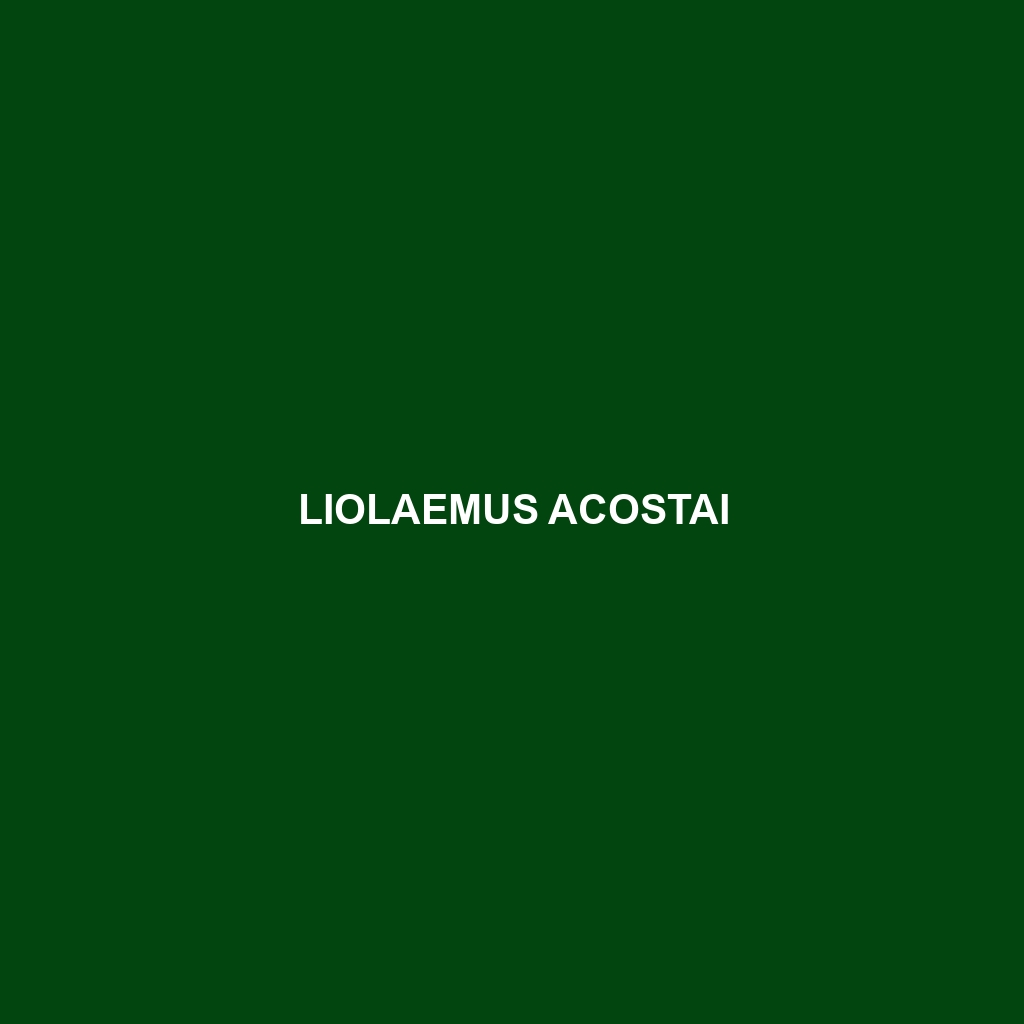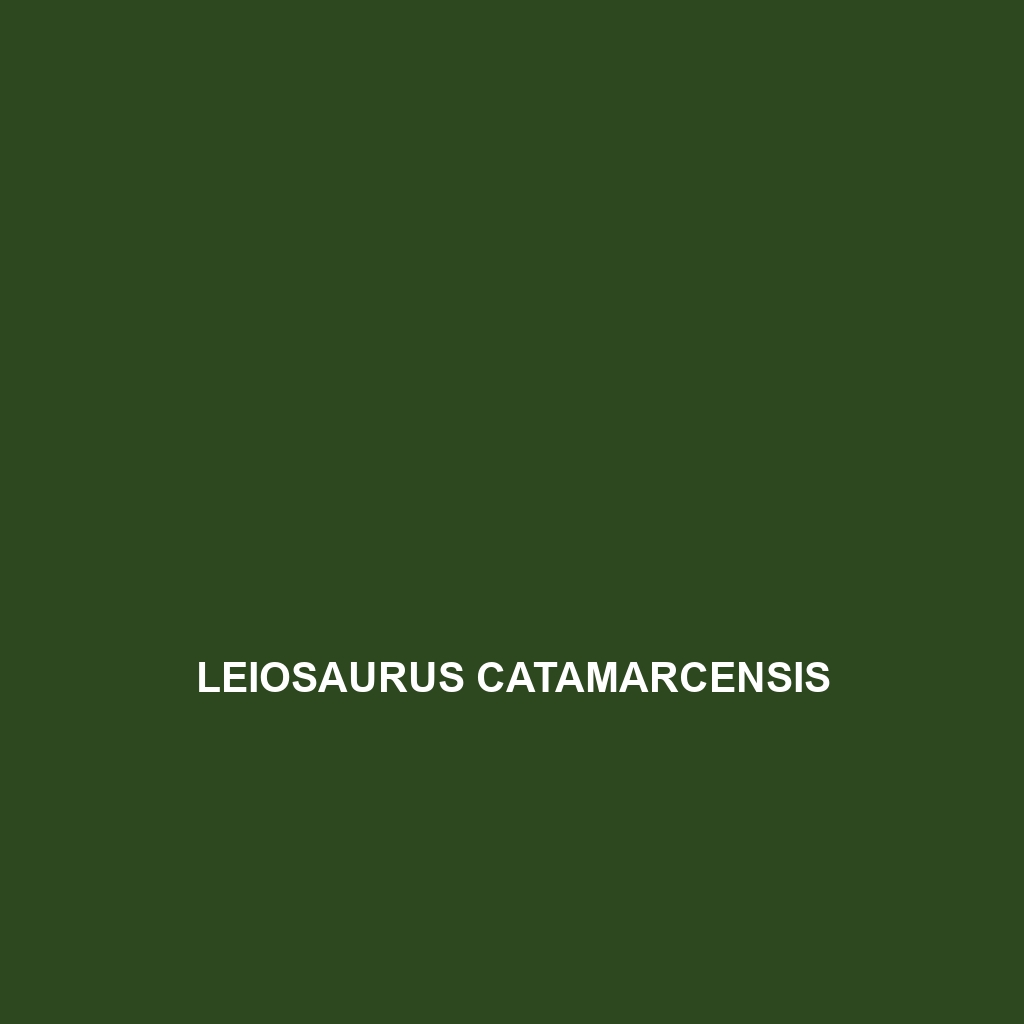Discover the vibrant <b>Liolaemus curis</b>, a medium-sized insectivorous lizard native to the southern Andes of Argentina and Chile, known for its striking camouflage and unique climbing abilities. With a vital role in its ecosystem, this vulnerable species contributes to insect population control and biodiversity while thriving in temperate forests and savannas.
Tag: Argentine lizard
Liolaemus cranwelli
<p><b>Liolaemus cranwelli</b>, a fascinating lizard from Argentina, thrives in temperate forests and savannas, exhibiting a slender body with vibrant camouflage patterns and primarily feeding on insects. This diurnal species plays a crucial role in pest control and serves as an important indicator of ecological health.</p>
Liolaemus carlosgarini
Discover Liolaemus carlosgarini, or Garin’s Liolaemus, a vibrant medium-sized lizard native to the temperate forests and shrublands of Chile and Argentina. This insectivorous species thrives in rocky, sunlit habitats, exhibiting unique coloration and social behaviors, vital for its ecological role as both predator and prey.
Liolaemus buergeri
<p><b>Liolaemus buergeri</b> is a striking lizard native to the temperate forests and shrublands of Argentina and Chile, featuring earthy tones for camouflage, a slender body up to <b>25 centimeters</b>, and a unique ability to change color. This diurnal, territorial insectivore plays a vital role in its ecosystem by regulating insect populations and serving as prey for larger predators.</p>
Liolaemus acostai
Explore the captivating Liolaemus acostai, a moderately-sized lizard native to the high-altitude regions of northern Argentina, known for its striking coloration and herbivorous diet. Adapted to rocky terrains, this Vulnerable species plays a critical role in its ecosystem by regulating plant populations and serving as prey for larger animals.
Leiosaurus catamarcensis
<p><b>Leiosaurus catamarcensis</b> is a medium-sized lizard native to the rocky scrublands of northwestern Argentina, known for its impressive camouflage and diurnal behavior. This insectivorous species plays a vital role in its ecosystem by regulating insect populations while adapting to challenging environments.</p>





